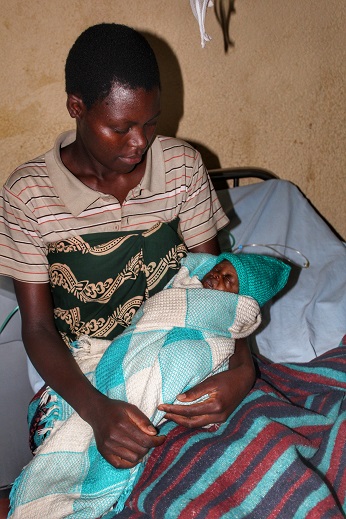Current Project
Training, Support and Access Model (TSAM) for Maternal, Newborn and Child Health (MNCH) in Rwanda and Burundi.
 TSAM’s objective is to establish a sustainable, cost-effective model of delivering training, providing continuing mentoring, coaching and outreach for continuing professional development in emergency care and access in MNCH. It is to build on the model initiated by Western University under the Muskoka Initiative, directly addressing the ability of health care providers in the district hospitals and the health centers to care for women, infants and children presenting with complications before, during and after birth.
TSAM’s objective is to establish a sustainable, cost-effective model of delivering training, providing continuing mentoring, coaching and outreach for continuing professional development in emergency care and access in MNCH. It is to build on the model initiated by Western University under the Muskoka Initiative, directly addressing the ability of health care providers in the district hospitals and the health centers to care for women, infants and children presenting with complications before, during and after birth.
TSAM is operating from April 1, 2015 to March 31, 2020 beginning in the Northern provinces of Rwanda, moving to the Southern provinces and then further south to Burundi. The three primary focuses of this project are:
1. training for health practitioners2. ongoing mentoring and coaching of trained practitioners
3. training for community health workers to recognize perinatal complications and ensure timely access to health care
This project is directly impacting both the patients and health-care providers. In that the health-care providers are receiving training, mentoring and coaching within the area of MNCH. This will allow them to deliver improved emergency care to pregnant mothers, newborns, and children under the age of five. To ensure the sustainability of the program, the trained professionals will continue the training and mentoring program from MNCH into the future.
The project design features north-south-south triangulation involving implementation with Canadian participation in both Rwanda and Burundi. A manual on the organization and implementation of the program will be written and both the manual and instructions for use will available in hardcopy and posted to a web site. This model will be broadly available to other countries in sub-Saharan Africa as well as WHO and NGOs involved in MNCH programming.
The partnerships for this project include academic institutions, government ministries and local NGOs. It is our intent to ensure that this model is a harmonized, coordinated, interprofessional model of emergency MNCH across all sectors, institutions and countries involved.

